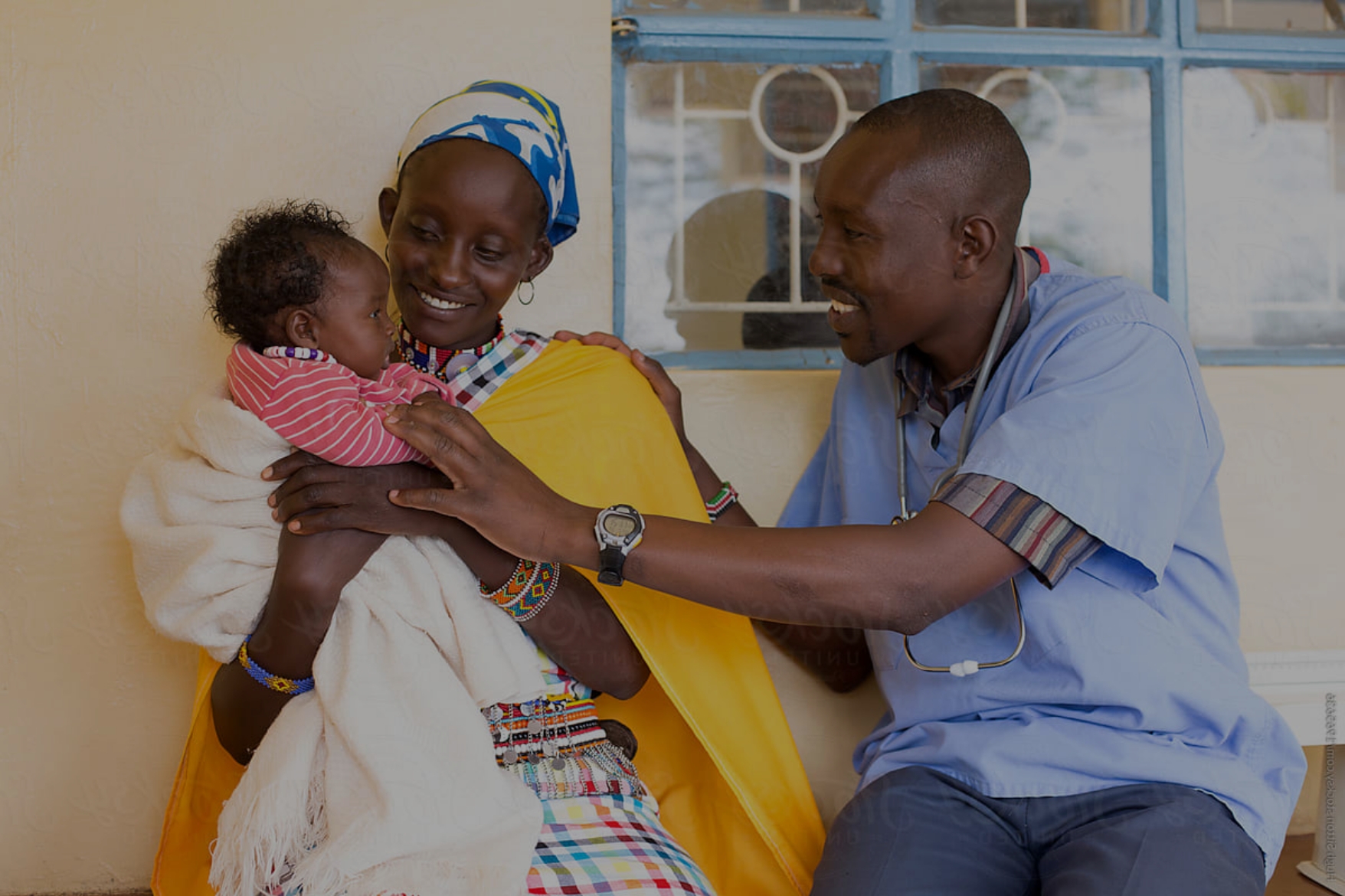The cycle of poverty associated with chronic illness is well known. Poverty negatively impacts the health of these regions on several fronts: the persistence of existing infectious diseases including diarrhea, pneumonia and malaria, the advent of new and re-emerging infectious diseases such as SARS, TB and now COVID and an increase in non-communicable diseases including cardiovascular disease, obesity, diabetes and chronic lung disease. All of these public health issues are severely burdening already insufficient health care infrastructure and are magnified by the persistence of population wide socioeconomic divisions. In this post, you’ll learn how clean water and sanitation increases economic activity.
Challenges related to unsafe water, inadequate sanitation and insufficient hygiene (WaSH) are particularly noteworthy being responsible for 80% of disease and nearly 30% of mortality among such regions.
Malnutrition is a widespread problem in economically disadvantaged regions and has consistently been shown to result from chronic childhood illnesses, especially diarrhea. Acute childhood diarrhea largely caused by contaminated water and poor sanitation, is the leading source of childhood mortality while chronic diarrhea routinely causes malnutrition and anemia. Malnutrition, especially during early childhood, results in diminished physical growth and reduced cognitive development both of which have life-long consequences. Chronic childhood infections also directly interfere with educational achievement by hindering school attendance especially among female children. In addition to troublesome symptoms, these disorders exert substantial socioeconomic impact.
As access to clean water and safe sanitation increases, the incidence of childhood infectious diseases and especially diarrhea with all of its associated complications should decrease. Investment in healthcare infrastructure can provide enhancement in the diagnosis, treatment and prevention of childhood illnesses and malnutrition. As a result of such investments, childhood mortality can be reduced and physical and cognitive development should return to normal thereby leading to heightened economic productivity as adults. As a community’s health improves, s does productivity and ultimately economic output.
FundingHope is a unique investment crowdfunding portal that connects investors with small to medium sized enterprises (SMEs) focused on developing a cleaner, safer, healthier future for distressed communities. Investing in sustainable businesses that develop clean water and sanitation, increases economic activity in communities most in need. These target sectors are intimately interrelated with Sustainable Development Goals set forth by the United Nations. Increased investment in enterprises addressing a specific SDGs often have significant benefits across multiple development goals. Investment in clean water and sanitation (SDG 6) for example, can lead to progress in several other SDGs including reduction of poverty (SDG 1), good health and wellbeing (SDG 3), quality education (SDG 4), gender equality (SDG 5), decent work and economic growth opportunities (SDG 8), and reduced inequalities (SDG 10). FundingHope provides an opportunity for even small individual investments to make a meaningful difference through investing in SMEs focused on improving the communities in which they live. Join the Movement toward a cleaner, healthier, more equitable future with FundingHope.


